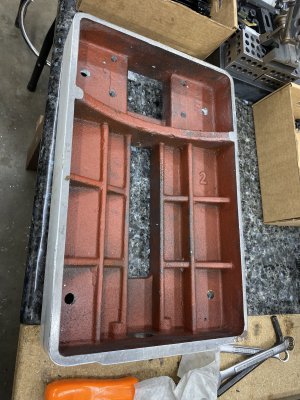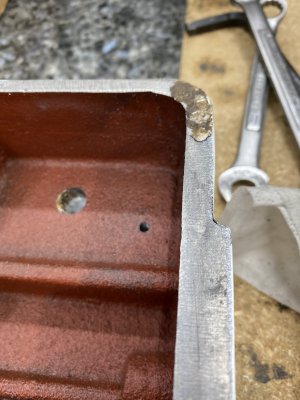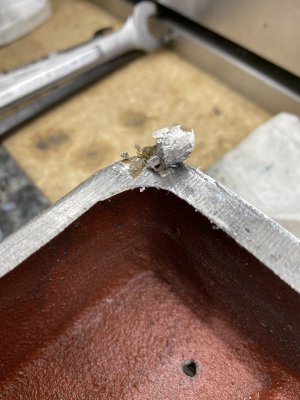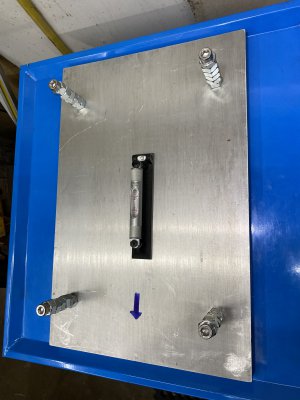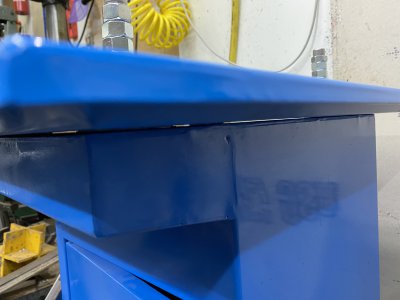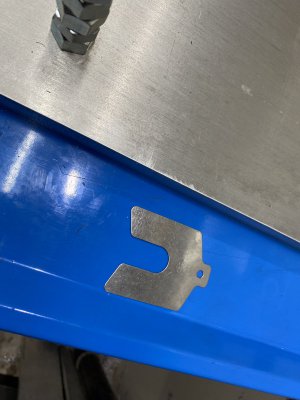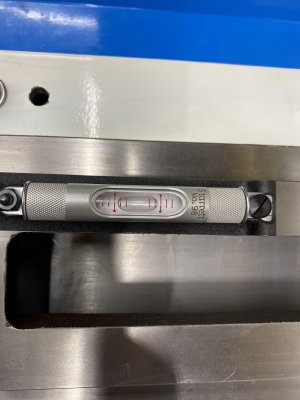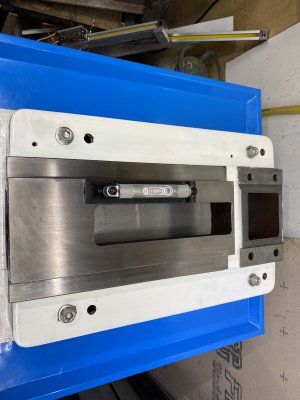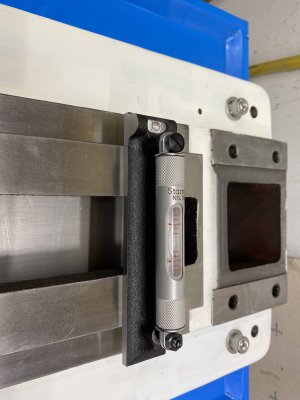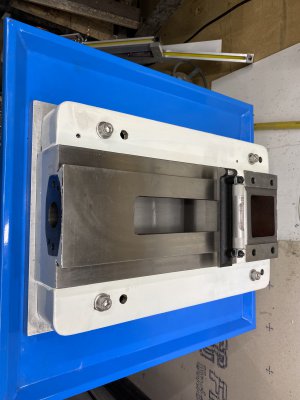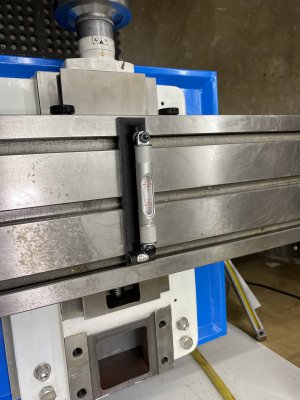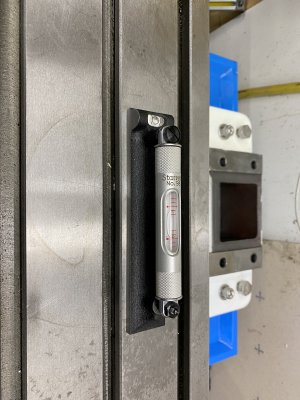I spent the last 3-4 hours playing around with the mounting bolts, tightening/loosening them individually, and re-checking squareness in between. I made a mental image of how the base of my mill was twisted and ended up shimming between the base and my stand to reverse the twist. I added a .038" shim to the rear right corner and am now seeing less than .0005" out of square in Y. I'm at the point where I can't do any better without purchasing some higher precision tools due to the error stack up (vise trammed within .0003" and my 123 block being out of square approx. .0002"). Either way, I think I'm going to call it good for now - it's a major improvement over the .008" I was seeing originally. I machined a 2"x3" block and checked it with a square comparator on my surface plate. It showed approx. 4-5 tenths out of square over 3 inches.
I just want to iterate how accomodating Matt and the customer service at Precision Matthews has been. When I originally emailed Matt I explained that I knew the mill was well out of warranty due to the CNC conversion and if it came down to it, I was OK purchasing a new saddle from him. He assured me that if the saddle was truly machined out of square, he would replace it under warranty because he recognized that the conversion had nothing to do with it. Overall, Precision Matthews has been a great company to deal with.
Let us know how the grinding turns out.



